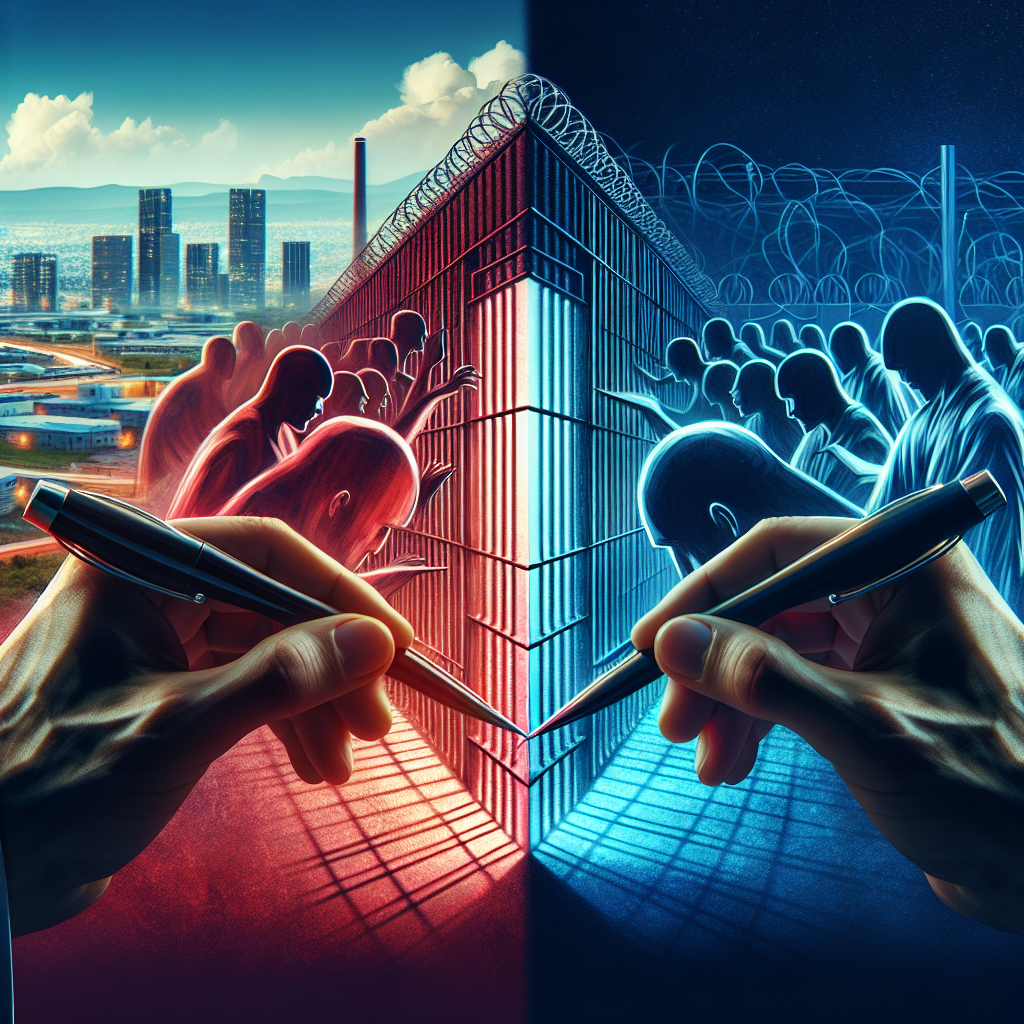A peculiar blend of urgency emanates from the center of powers in America; there’s talk about an impending seismic shift – a complete overhaul in our country’s prison system. It calls to mind those great battles fought on canvas than in courtrooms and government chambers.
Strolling down Policy Street gives insight into what this change implies. The plan revolves around restructuring correctional facilities with a focus on rehabilitation over punishment, including improved mental health services, vocational programs, and reduced sentences for non-violent offenses.
Historical Context
‘The road was long’, one could hear ancient whispers echo along corridors plastered with stories dating back to 1790 when Walnut Street Jail came into existence – marking inception of America’s first official penitentiary model.

Stakeholder Perspectives
Weaving through the labyrinth that reflects our society’s opinions provides unique insights. Prison guards fear job security while reform activists rejoice at this stride towards justice. Families crippled by incarcerations harbor cautious hope; their tales mirror van Gogh’s Starry Night – stories pain painted magically across time.
Economic Impact
Crossing over Economic Bridge reveals surprising vistas. Experts predict a reduction in costs associated with prisoner upkeep due to decreased incarceration rates which may offset possible increase in expenses for rehabilitative services.
Social Consequences
The social landscape morphs as we journey further – neighbors view returning inmates suspiciously, employers hesitate before hiring, and communities grapple with adjusting to ‘new’ members.

Implementation Challenges
The journey isn’t without potholes. The formidable challenge of reorienting an established system looms large like a canyon, alongside potential resistance from conservative quarters drawing battle lines across the country.
Measures of success in this revised landscape could be Da Vinci’s Mona Lisa – multifaceted and subjective. Reduced recidivism rates, elevated employment for ex-inmates and healthier families could be among the tangible indicators of positive policy impact.
Possible detours exist through Scandinavian prison models where focus on humanity over justice has shown promise in reducing crime rates, or South African reconciliation approaches healing communities torn by systemic oppression.
This overhaul may set precedence for global reform as America broadcasts its experiments live to eager watchers worldwide who hope to see a sun-ravaged desert transformed into fertile lands of second chances.
The road ends here at Recommendation Square: continued investment in educational programs within prisons; comprehensive addressing of social stigmas against former inmates; persistent monitoring and flexibility allowing necessary course corrections mid-journey echoing universal truth that art isn’t final until artist’s last breath is drawn. And thus does journey end… with watchful eyes keenly observing next chapters unfold.

